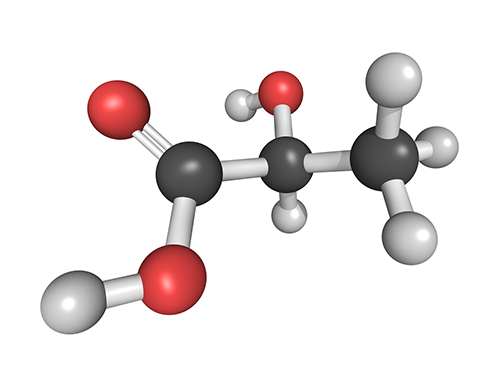
Polylactic Acid, more commonly known as PLA, is a biodegradable thermoplastic polymer used as a filament in additive manufacturing, or in more common terms, in 3D printing. Its origins, which give it the label of being "earth friendly", are found in corn potatoes, and sugar beets, as well as a number of other plant products. It can be composted at commercial compost facilities but not the home compost pile. It is commonly found in food packaging and containers. As a thermoplastic it is able to become soft and moldable when heated and then return to a solid when cooled.
PLA excels at passing the three tests required to create a viable filament for 3D printers; first extrusion into plastic filament, second extrusion and trace-binding during the printing process, and finally to make a successful 3D printed object.
PLA is naturally transparent which allows it to be colored to varying degrees of opacity and translucency. It softens at 50°C, melts at 160°C, and bonds well at 180°C to 190°C. PLA resists warping and liquefies readily. This increases flow and allows for stronger binding between layers which improves the strength of the end product. During the printing process the PLA filament emits a smell somewhat like cotton candy or some describe it as a semi-sweet cooking oil odor.
Though PLA filament is considered to be hydrophobic when compared to ABS, if it is exposed to humid conditions for an extended length of time, it will absorb the moisture in the air. During the printing process the moisture will cause the PLA filament to bubble, spurt, and discolor, and the quality of the print will be reduced. This is the result of the PLA undergoing de-polymerization due to the reaction of the water and high temperatures. This moisture can be removed with a simple dehydration process before printing.
PLA does not shrink in the cooling process, and once it has cooled it becomes rigid, insoluble in water, and will break rather than bend under stress. Also, it has a lower melting temperature and has been known to droop and deform after spending the day in a hot car. On the other hand, it provides sharp details without the risk of cracking or warping. With the little care, it can be sanded and machined. PLA comes in a wide range of colors and translucencies and is a favorite when creating display or small household prints. The end product feels and appears glossy. This attribute along with the sharpness of the print makes PLA a favorite among hobbyists, home printers, and schools.